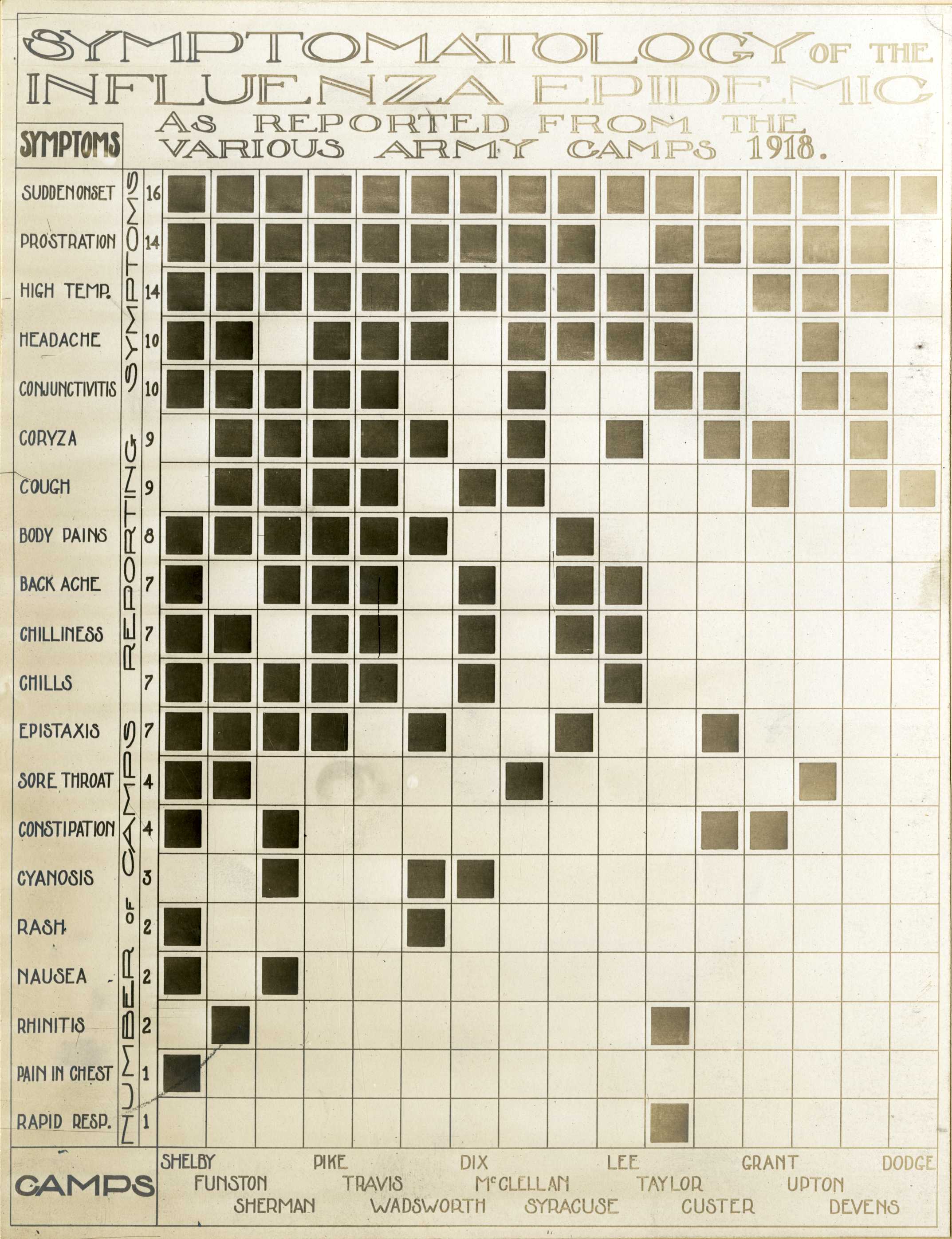
Photo from academic.microsoft.com
Protein biomarkers found in plasma are commonly used for cancer screening and early detection. Measurements obtained by such markers are often based on different assays that may not support detection… Click to show full abstract
Protein biomarkers found in plasma are commonly used for cancer screening and early detection. Measurements obtained by such markers are often based on different assays that may not support detection of accurate measurements due to a limit of detection. The ROC curve is the most popular statistical tool for the evaluation of a continuous biomarker. However, in situations where limits of detection exist, the empirical ROC curve fails to provide a valid estimate for the whole spectrum of the false positive rate (FPR). Hence, crucial information regarding the performance of the marker in high sensitivity and/or high specificity values is not revealed. In this paper, we address this problem and propose methods for constructing ROC curve estimates for all possible FPR values. We explore flexible parametric methods, transformations to normality, and robust kernel-based and spline-based approaches. We evaluate our methods though simulations and illustrate them in colorectal and pancreatic cancer data.
Journal Title: Statistics in medicine
Year Published: 2017
Link to full text (if available)
Share on Social Media: Sign Up to like & get
recommendations!